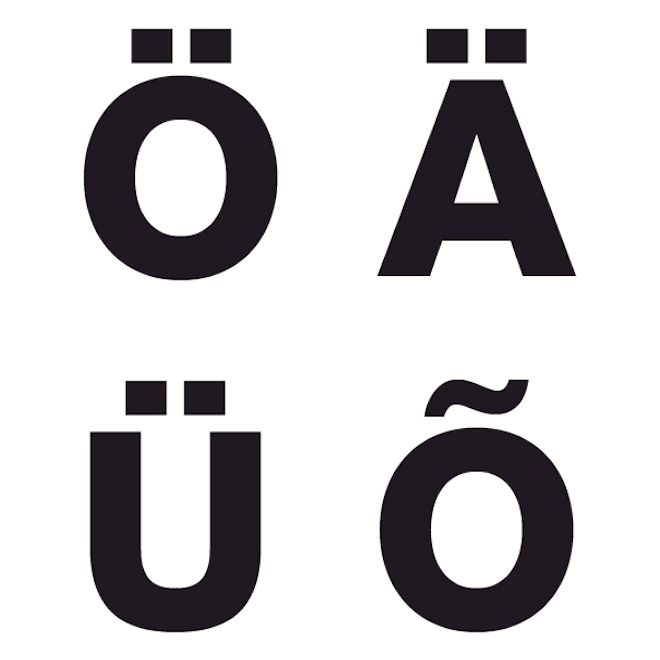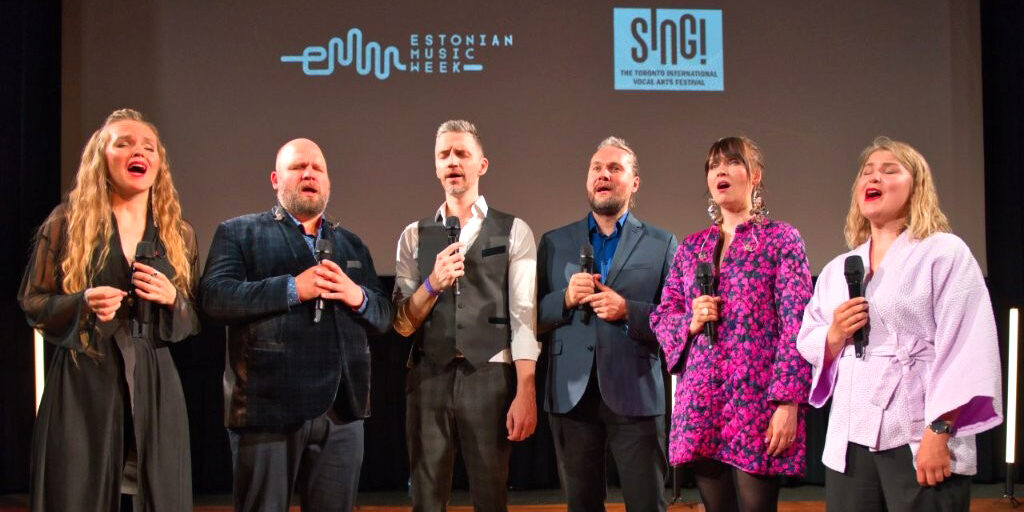A year or so ago, I compiled and self-published two mini language guides called The Scared Foreigner's Guide to: Estonian.
While these two handy travel guides would help to prepare someone with no prior knowledge of the language to utter their first words and even start trying to construct sentences, there is no one source material that will completely cover one's needs when learning a language.
Acquiring a language is a progression, like learning any new skill, that engages all of one's five senses and the four methods of learning. Visual. Auditory. Reading and writing. Kinaesthetic. This encompasses Neil Fleming's VARK model of learning, developed in 1987 upon previous research of neuro-linguistic programming.
Interaction from outside is important in activating these senses. Thus, there are linguistic nuances that cannot be picked up by having a go at it entirely by yourself. Irregular word endings, changing word order in sentences, and sometimes unfamiliar vocabulary are enough to tempt someone to give up trying to learn. Sometimes we totally misunderstand. Flashback to Tartu last April where I started trying to talk about where I had studied (õppima— to study), when I had really just been asked where I was staying (ööbima— to stay overnight). I might as well have been from Mars.
No one was born automatically speaking any language, and even kids are given a chance to make mistakes. Why not give the same to the courageous people who attempt to learn another language?
It's a process that requires time, patience, and ingenuity. Like watching an English language movie with Estonian subtitles, in addition to Estonian with English subtitles. If you can source something like this, it can make remembering new words and phrases easier, because you can see the new words written. Finally, there is no real substitute for a patient speaker of Estonian to talk to and help by correcting errors as and when they crop up. No one was born automatically speaking any language, and even kids are given a chance to make mistakes. Why not give the same to the courageous people who attempt to learn another language?
But what if time is limited and you want to fit in 30 to 60 minutes of practice with minimal preparation? Enter Keeletee.
Keeletee.ee was brought to the attention of language learners on the web in May of last year, serving as a continuation of the successful Keeleklikk online program, created by Leelo Kingisepp and Marju Ilves. Keeleklikk brought beginner students to A2 level Estonian (the second step of six in the Common European Framework of Reference for Languages). Keeletee picks up nicely where its forerunner left off in terms of difficulty. While there are some moments of English, students are dropped into situations where they need to listen carefully to Estonian speech. This is one aspect of the course that has evolved nicely: one gets to hear different kinds of voices speaking, which does well to prepare you for real social situations. Diction is not always the most clear. Linguistic fluency is partially connected to the ability to understand speech at higher speeds, lower volumes, and even differing dialects.
Those looking for more of a spaced repetition program, along the lines of Rosetta Stone or Duolingo, would enjoy the use of Memrise.com and its collection of digital flashcards. In practice, this kind of exercise, paired with Keeletee, is more effective than a program like Rosetta Stone, primarily because it is more challenging.
Both Keeleklikk and Keeletee have a useful feature in the course units where you are able to correspond by email with a teacher in Estonia (still functional as of the writing of this article) and practice what you have learned, with helpful corrections offered. One of the benefits of Keeletee is that it is more optimized for use on smartphones and tablets. If you have access to the internet, you can log into your account and make use of the course. Go ahead and sign up — the more it's used, the more likely resources like these will be made. For now, you can find me mistaking the difference between “Tal on raamat” (he/she has a book) and “Ta on raamat” (he/she is a book).




